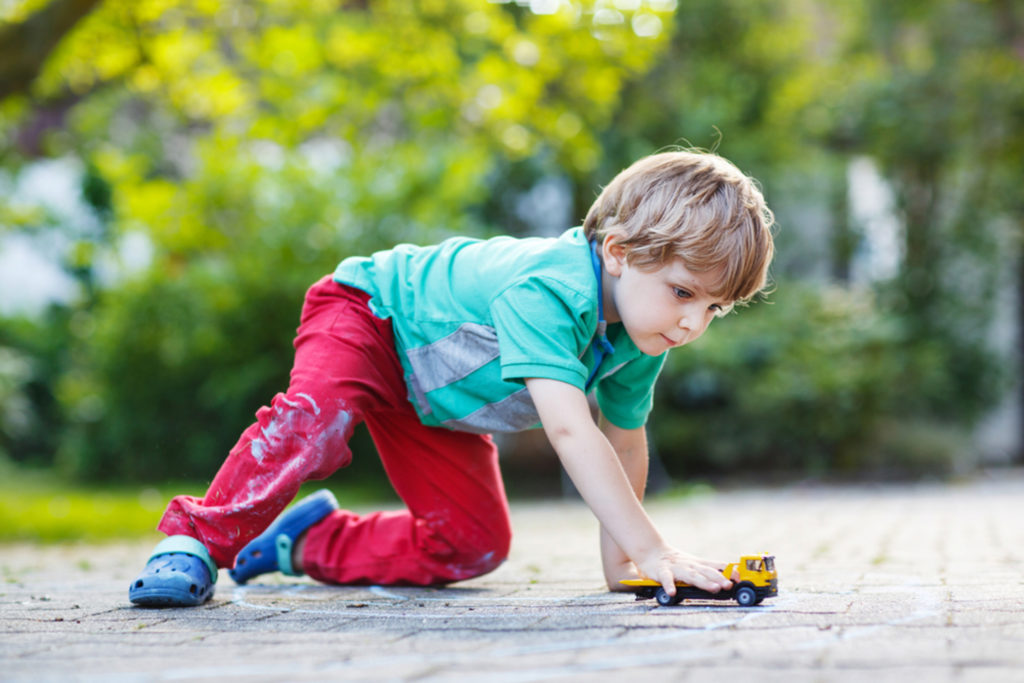
When we think of children with learning challenges, we think of difficulty with reading or math, with being organized, with paying attention and staying focused in school. But many students with learning and attention disorders also have social and communication problems.
They have trouble connecting with other kids, making friends and understanding what’s expected of them in social situations.
Some of them miss social cues, and misinterpret body language and tone of voice. Kids with learning disabilities may talk too much, or at the wrong time, or say things that are inappropriate. Some are stiff in conversation, have trouble expressing themselves and miss the point of a lot of humor. They don’t “get” things that seem to come effortlessly to other kids. They may have trouble understanding what’s happening in a group, and finding a way of fitting in.
For children and teenagers, being “just a little off” in their social behavior can easily trigger rejection by their hyperaware peers, and make them targets of teasing and bullying. Sometimes young children with social awkwardness or deficits are misdiagnosed with autism, because these behaviors are one component of an autism diagnosis. But it’s important to recognize that these behaviors occur in a lot of kids who aren’t on the spectrum, too.
“Most kids with learning problems have social dimensions to their problems,” observes Scott Bezsylko, the executive director of Winston Preparatory School, which specializes in teaching children with learning challenges. What causes these social and communication difficulties, and why do kids with ADHD and learning disorders have them?
This article was written by Caroline Miller. To view it in its entirety on childmind.org by clicking here.
